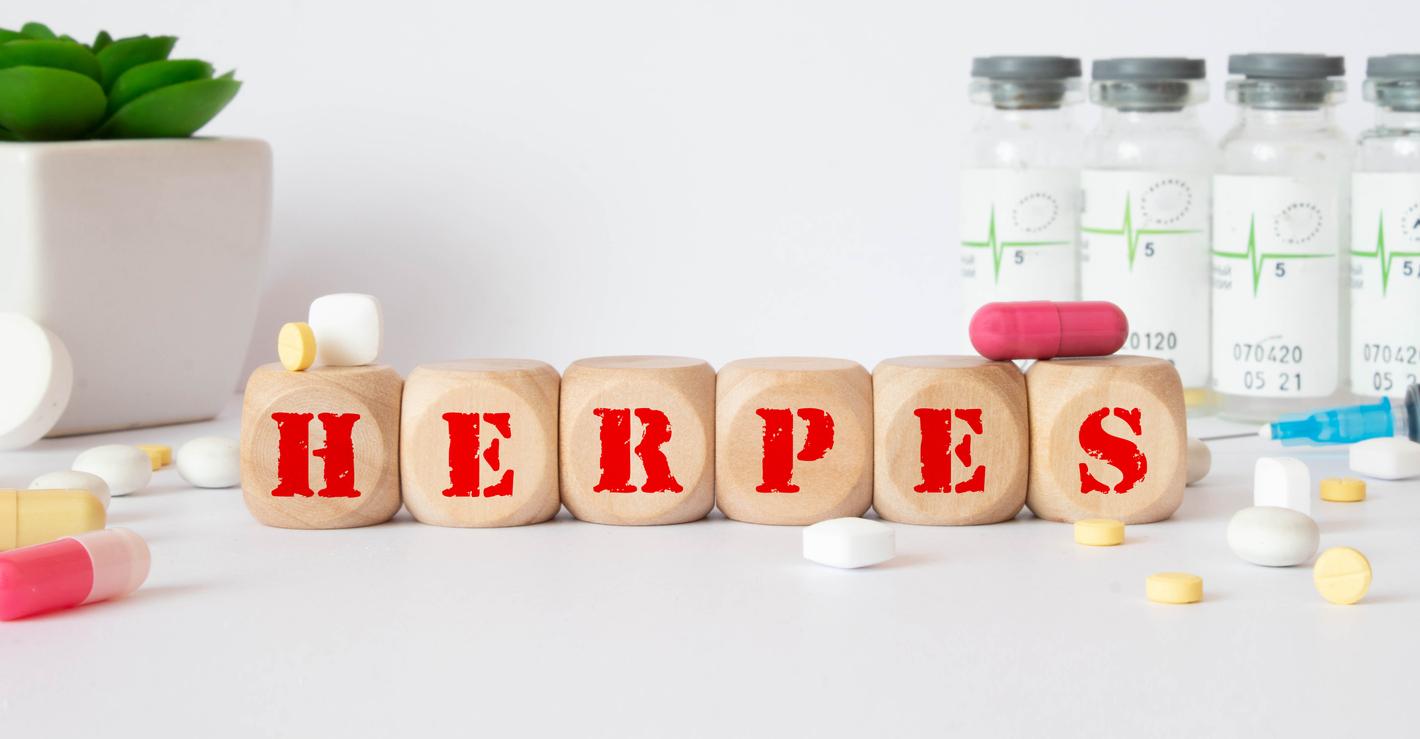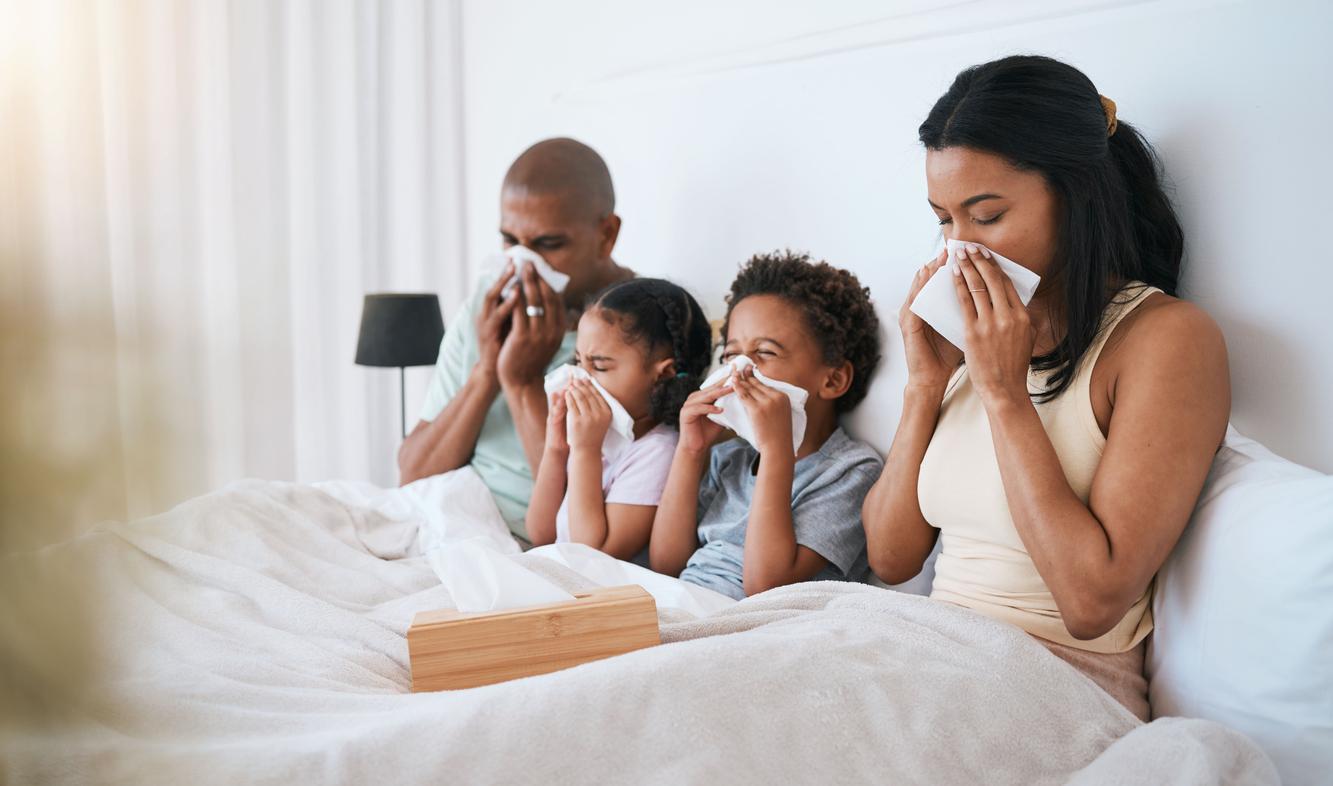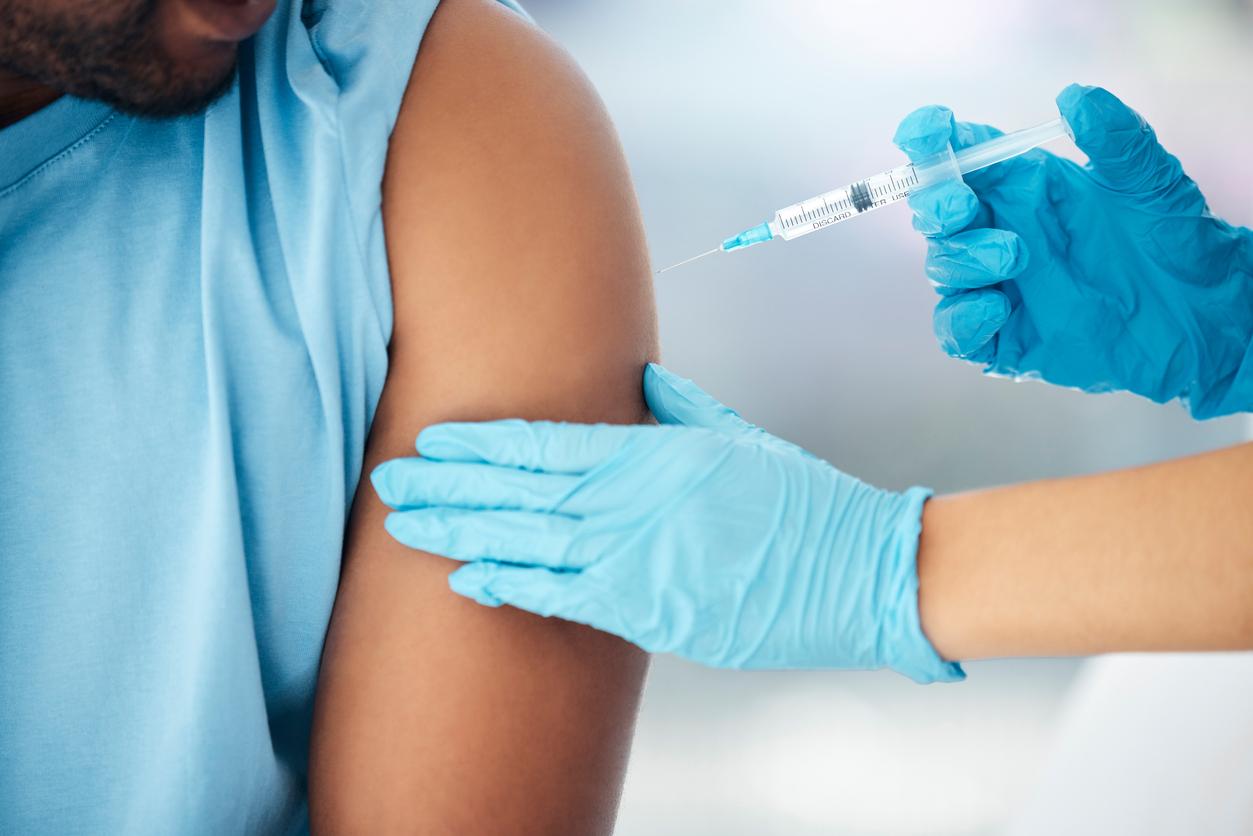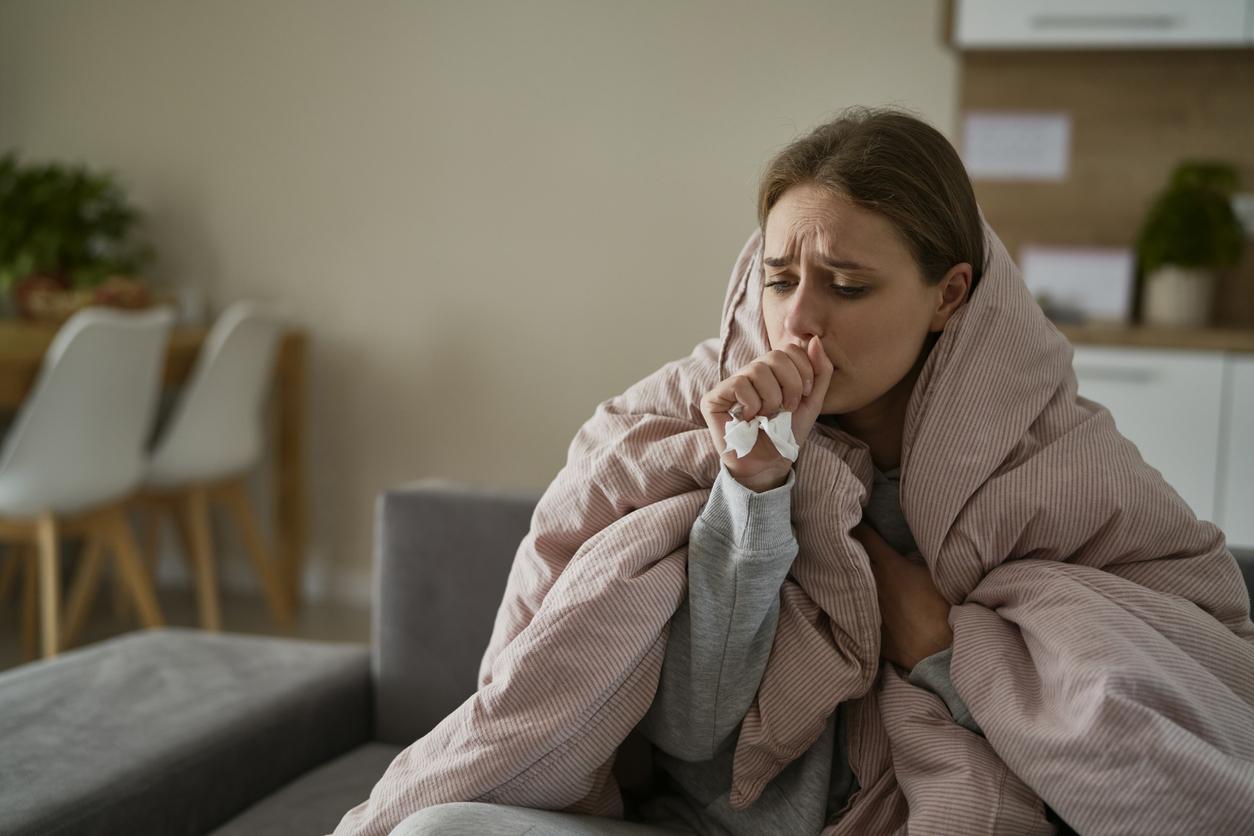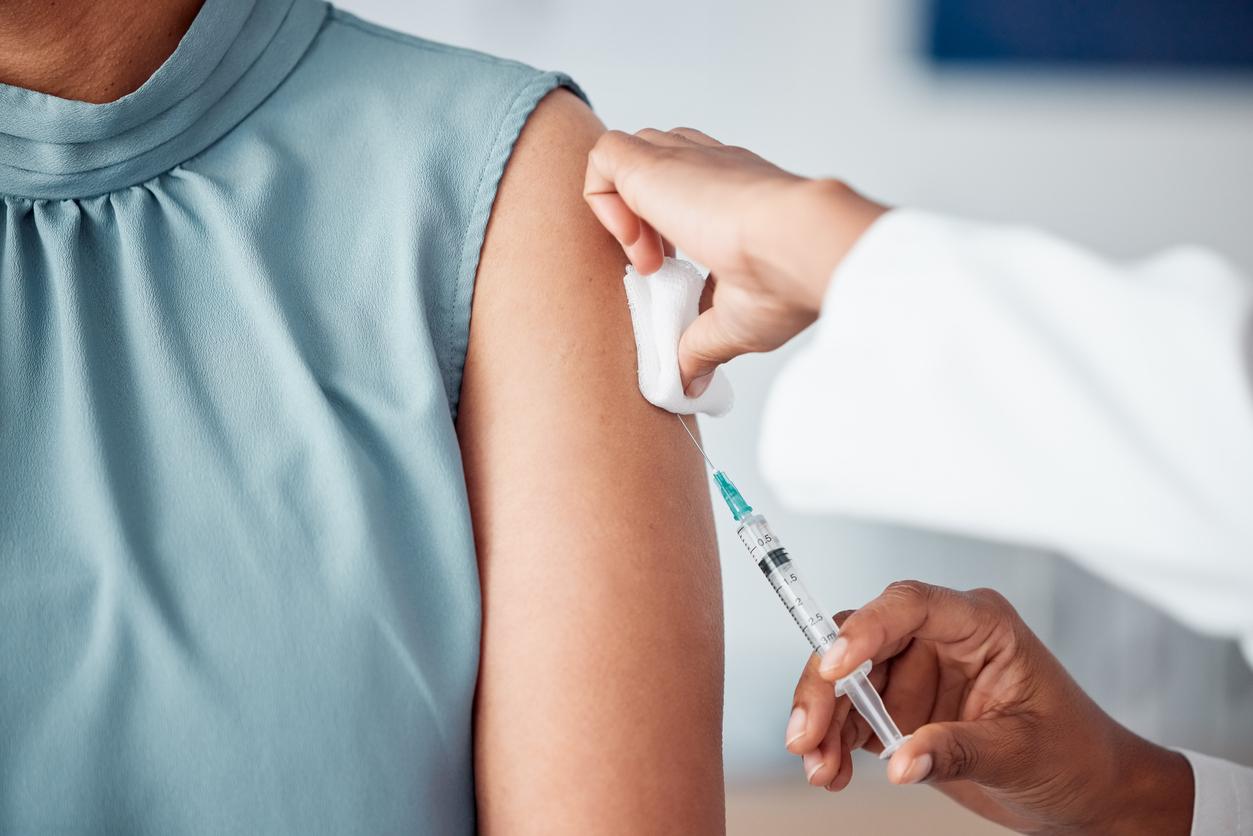The World Health Organization has raised the alert level to the maximum, stage 6. In view of its health situation, France remains at level 5 for the moment.
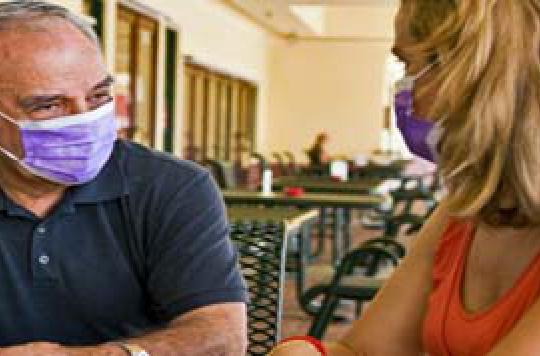
We haven’t had this for 41 years. The decision was announced as imminent for ten days but this time WHO has taken the plunge because we observe a local spread of the H1N1 virus from one region to another of the globe, with several secondary foci. In addition to the American continent, Japan and Australia are very affected. But also European countries. The United Kingdom has passed the 600 case mark and Spain that of 300. Some states like Hong Kong have not even waited for the passage to level 6 to decide on the closure of primary schools and nurseries for 15 days. . A total of 27,737 cases of swine flu have been identified. But, for all that don’t panic… in phase 6, there are 3 levels: moderate, aggravated and severe. We are at the moment at the first stage.
In France, the situation is far from being dramatic. The authorities do not intend to raise the alert to the maximum level. Given the low number of cases of influenza A, “France can remain at level 5A,” said Minister of Health, Roselyne Bachelot. Indeed, the health watch institute recorded 73 confirmed cases of infection, including 65 imported from regions where the virus circulates extensively. The eight other people affected have been in “direct and close” contact with an infected patient outside France. France’s response will therefore be graduated.
It is the interministerial crisis unit (CIC), set up to manage a pandemic in France, which will decide.
The range of measures can range from banning a demonstration or very important gatherings such as a concert to the closure of public establishments. But for the moment, we should be satisfied with strengthening information for travelers from the most affected regions.
You should know that its measurements will vary depending on the region. The national plan leaves departmental prefects free to take initiative depending on local situations.
Dr Jean-Marie Cohen, responsible for GROG network.
Changes in the health system. Until now, the strategy was to take nasopharyngeal samples from all suspected cases and to refer as much as possible to the hospital. In phase 6, there is no longer any question of taking samples. All probable cases are treated after a physical examination.
Dr Patrick Goldstein, president of the French society of emergency medicine.
City medicine. We now have an expanded white plan that includes the liberals as part of a general mobilization against a serious health threat. Which was not the case only two years ago. And in the regions which have worked on the avian flu plan, the working groups have naturally reactivated.
But all the regions are far from being mobilized. Also, the Liberals feel a bit like they are the 5th wheel of the carriage. For example, they do not yet know the mask supply circuit.
At URML Ile-de-France, we are seriously active and we are thinking in particular about the creation of dedicated consultation centers, when we will be at the heart of the pandemic.
Dr Marie-Laure Alby, president of the generalist section at URML Ile de France.
The vaccination. Given the time needed to manufacture and test (efficacy, tolerance) of a new vaccine against the A (H1N1) virus, evaluated between four and more likely six months, the French government decided, on May 15, to order 50 million doses from the British laboratory GlaxoSmithKline without delay. But, talks are underway with the French Sanofi and the Swiss Novartis for possible additional orders.
Knowing that it will take two doses per patient, our country would then be able to vaccinate 25 million people. Which, by targeting the target populations (healthcare workers, subjects under 19 who are the most sensitive to the virus, etc.) or the most affected areas, could suffice.
But even before the first vaccines are available, experts are already arguing over the strategy. Should everyone be vaccinated? WHO’s Dr Marie-Paule Kieny puts an end to this controversy.
Dr Marie-Paule Kieny WHO
.








